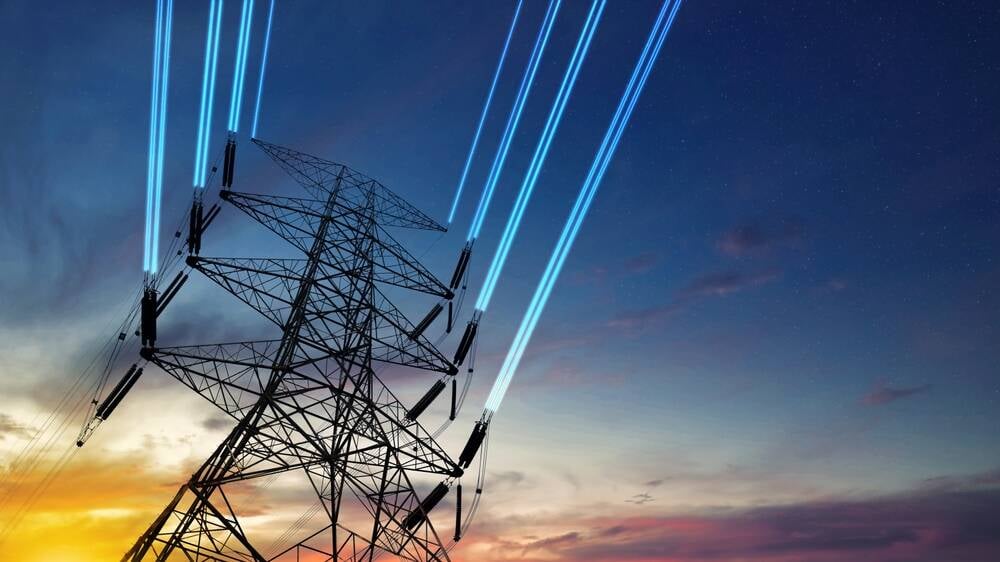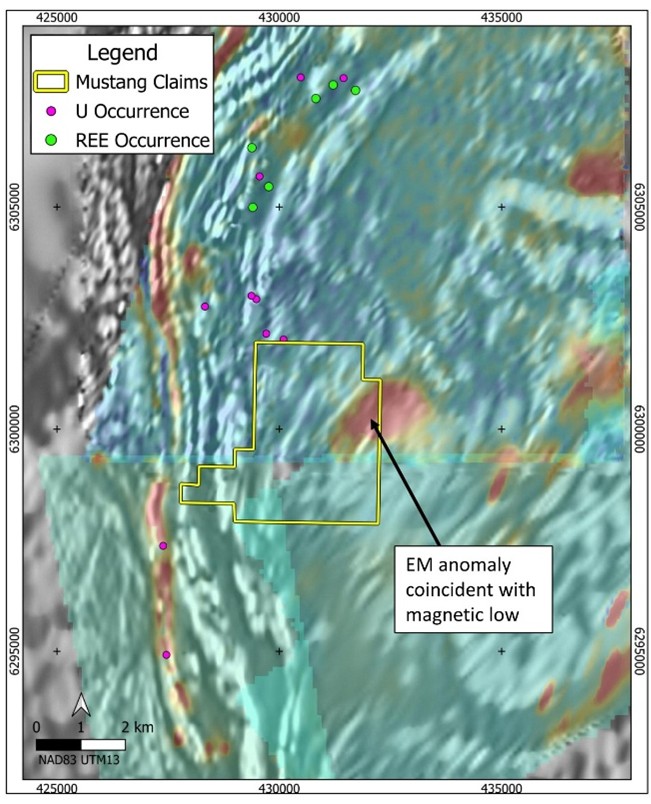Analysis The idea of datacenters feeding power back into the electricity grid during peak demand may sound promising, but operators say it's unlikely to catch on beyond a few trials in Ireland because of the cost and technical complexity involved. So-called "grid-interactive" datacenters use battery energy storage systems (BESS), typically part of uninterruptible power supplies (UPS), to supply electricity back to the grid during peak demand periods. The goal is to help stabilize power grids that are increasingly reliant on variable renewable energy, like wind and solar, which can cause fluctuations in supply.
Notably, Microsoft and Digital Realty have conducted trials of this technology at their facilities near Dublin, Ireland. In Microsoft's case, it teamed up with power management specialist Eaton to deliver this capability back in 2022, while Digital Realty was implementing its scheme last year. Both were working via Enel X , an energy services provider acting as an aggregator to sell energy from various sources back to Ireland's electricity operator, EirGrid.

Focusing on Dublin was not a coincidence: Ireland has a lot of bit barns for a relatively small country, many of which cluster around the capital, and these accounted for 21 percent of the nation's total metered electricity consumption during 2023. At the same time, renewables provide a large amount of the country's energy - over 35 percent of the electricity supply comes from wind farms – and this calls for grid stabilization services from any energy source that can deliver a minimum base load to the network. The idea behind "grid-interactive" facilities is that they would be able to provide at least some of that energy from their battery backup systems.
For a fee, of course – this was very much pitched as a way for operators to make money from underutilized assets in their data centers. But according to Fabrice Coquio, Digital Realty's SVP and Managing Director for France, feeding energy back to the grid is not easy, as few datacenters are designed with the power infrastructure to be able to accomplish this. It is important to highlight reliability, and the main function of the UPS and BESS is to protect the mission critical equipment, with the required runtime in case of a power failure "It requires different equipment and different investments to be done up front," he told The Register .
Moises Levy, former principal analyst for Datacenter Physical Infrastructure at Omdia, highlighted this some time ago: "The concept for smart grid ready UPS is simple, but we need to keep in mind that it has to satisfy stringent technical requirements with bidirectional flow of energy depending on the applications." He added, "It is important to highlight reliability, and the main function of the UPS and BESS is to protect the mission critical equipment, with the required runtime in case of a power failure. So, we must maintain a BESS capacity to satisfy datacenter requirements if needed.
" Ireland was a unique example that may not easily be transferrable elsewhere, Coquio explained. "So we had a specific initiative, because there in Ireland and Dublin is a very particular market because of the limited size of the island, limited size of the grid, and the complete lack of capacity because of what was consumed for datacenters, representing some people say close to 30 percent of the total capacity in Ireland," he said. In France, the amount of energy consumed by bit barns is less than 4 percent, while in Germany it is 6 percent, and the UK is likely in a similar position, Coquio claimed.
IDC Senior Research Director Andrew Buss also expressed skepticism about any wider adoption of grid-interactive schemes. For many datacenters, building excess power capacity is a high cost burden, so they would not even be considering this "For many datacenters, building excess power capacity is a high cost burden, so they would not even be considering this," he said. "It makes far more sense for the power generation companies and the grid to build an optimized battery-based storage and buffer system to bolster grid capacity than to try and get that capacity through a greater number of small and independent entities attached to the grid.
" We asked Microsoft if it was persevering with feeding back energy to the grid from its Dublin campus, and what happened to its plans to duplicate the scheme in other regions. A spokesperson at Microsoft told us: "The GUPS system in Dublin is still in operation." Asked if this model is to be expanded to other datacenters its operates, Microsoft said: "The feasibility of this model is highly dependent on the right electricity market conditions, meaning that the project cannot be replicated everywhere.
We continue to explore other locations where this could make sense." In addition, it turns out that the electrical grid, straining under current demand, is part of the problem, said Coquio at Digital Realty. "Even in France, where we've got excess of power production for the coming 15 to 20 years, which is also a unique situation in Europe, everywhere we've got the same problem.
It's not the power production, it's the grid distribution, which is a bottleneck, and it's the reason why, in the last five, six years, it became much more expensive and took much longer in terms of waiting for getting the connection to the grid." It's not the power production, it's the grid distribution, which is a bottleneck There are two solutions to this, he claimed: Either bring power to your datacenter, or you put your datacenter where the power is. "That's the reason why the French government has launched a plan further to the AI summit in early February, that [power company] EDF will provide some piece of land they've got close to some nuclear plants or other electrical plants to provide direct capacity," Coquio said.
"The problem is that they [nuclear plants] are not located where we need them. In France, we need them in Paris and Marseille, and instead they are in the countryside, not exactly where we need them. So either you do that, or you try to manage to produce your own electricity, which would mean that we would become an energy company.
It's not normally our job, but if we have to do it, we'll do it," he added. Grid connection difficulties have been noted before. Last year, David Sleath, CEO of Segro – one of the UK's major commercial property developers – said his company would be investing "hundreds of millions [of pounds] and more" in building new bit barns.
However, he noted that some existing projects had faced years of delays in getting wired up to power from the grid. Others are attempting to work around the grid problem entirely. In the UK, a datacenter startup is putting AI servers and infrastructure into modules similar to shipping containers that can be colocated at biogas generator facilities , drawing power directly from them instead of the grid.
And in the US, tech giants like Microsoft, Amazon, and Oracle are increasingly trying to build or repurpose dedicated nuclear facilities for their data centers, although these may take a decade or longer to get up and running . ®.
Technology

Datacenters selling power back to the grid? Don’t bet on it, say operators

Bit barns in Dublin doubled as battery farms, the rest of the world isn’t buying it Analysis The idea of datacenters feeding power back into the electricity grid during peak demand may sound promising, but operators say it's unlikely to catch on beyond a few trials in Ireland because of the cost and technical complexity involved....















